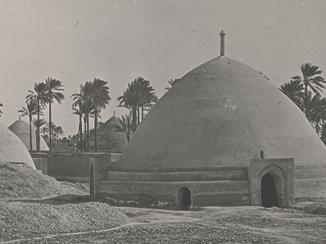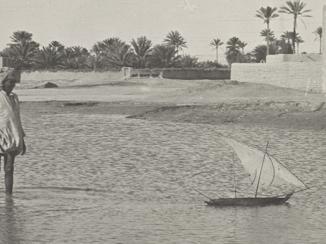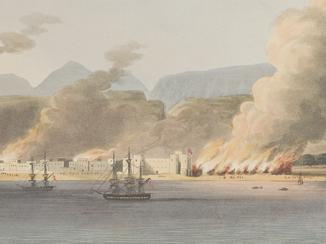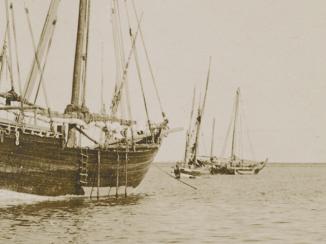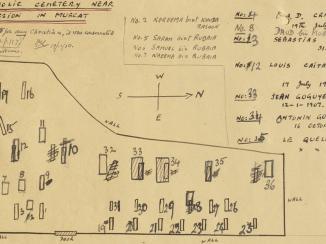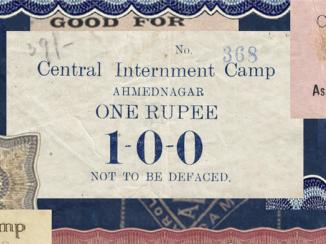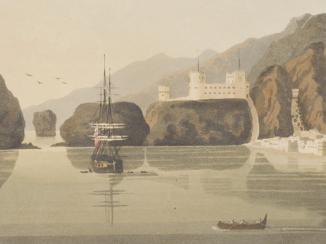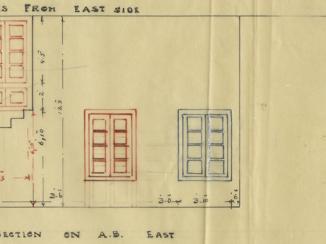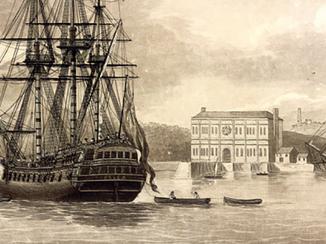Overview
The British Resident at Mocha, David Ramsay, died on 16 July 1817. Shortly before, he had engaged a ship named the Darya Begi to transport coffee to India for the East India Company, on the understanding that it would leave on 19 or 20 July. On his death, the highest-ranking British officer in the port assumed responsibility for the Company’s affairs. This was Lieutenant Bartholomew Dominicetti, the commander of the cruiser Prince of Wales.
The initial clash
There are several different versions of subsequent events. The Darya Begi lingered after it had promised to sail, as it was still intending to load more goods, including treasure. In order to hasten the departure, Dominicetti attempted to prevent any more loading.
To this end, he placed five soldiers on board the ship. This was done forcibly, according to the crew, but peacefully according to Dominicetti. The British account tells of between fifty and sixty armed men forcing treasure on board, the midshipman An experienced sailor, but not a commissioned officer. being threatened with being thrown overboard, some of the other soldiers being bundled into a boat and returned to shore, and the entire ship being made ready for war. If true, such actions would indeed have been particularly aggressive and hostile. The crew of the Darya Begi denied any violence, although Hugh Ramsay, son of the late Resident, told of both threats to the midshipman An experienced sailor, but not a commissioned officer. and Dominicetti’s use of force.
The following day, tensions spilled into open conflict between the Company and the Governor, or Dawlah of Mocha, Amir Fath Muhammad. Dominicetti’s account claims that he sent multiple times for the nakhuda, who did not appear, and that when two men from the Darya Begi visited, one of them insulted him and threw his shoe at him. Dominicetti ordered him to be confined until the nakhuda arrived, but released him after repeated requests from Amir Fath.
Dominicetti records that, as the two shipmen left the Factory An East India Company trading post. , between 300 and 400 of the Governor’s soldiers dragged unarmed guards out of the Factory An East India Company trading post. and beat them in the street. Dominicetti was in bed with a high fever, but later claimed that he had warded off some sword blows using a pillow, before being beaten and dragged to the Governor’s house. There he was allegedly insulted and spat at, then placed in irons. The Factory An East India Company trading post. , he says, was ransacked and plundered.
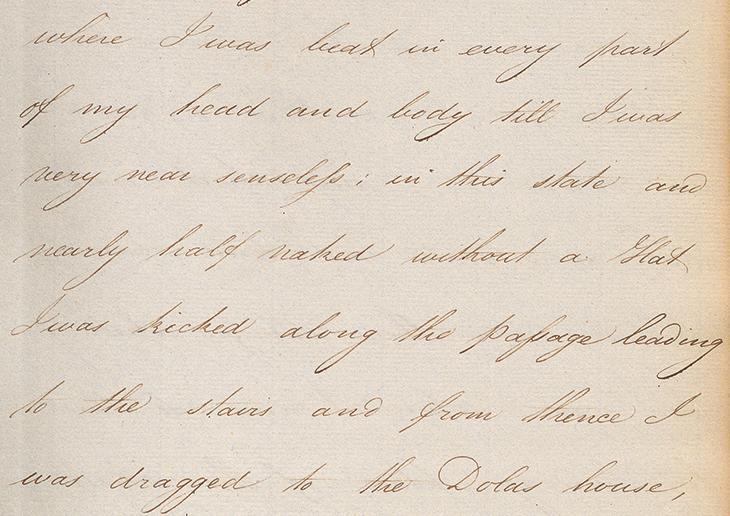
British authorities in India were horrified by Dominicetti’s report, and particularly incensed by the disrespect shown to the Company. However, they were also suspicious that news of the incident had not reached them earlier through other people who had been present in Mocha at the time and who had arrived in India ahead of Dominicetti’s letter.
Further, the Governor of Mocha told a rather different story. He said that no violence had been used against Dominicetti, and that the Lieutenant admitted he had been wrong in interfering with the Darya Begi. He also listed Dominicetti’s offences, including landing soldiers, posting sentries on the Factory An East India Company trading post. gate, and practising military manoeuvres. He accepted that some of the soldiers sent to the Factory An East India Company trading post. had misinterpreted their orders and taken some articles, but he insisted everything had been returned and the men responsible punished.
The mate of the Darya Begi agreed that some townsmen had gone to the Factory An East India Company trading post. to confine the English soldiers, and had taken away some property. He also confirmed that Dominicetti had told the Governor of the great disturbance caused by his soldiers. However, he denied the insults and violence done to the Lieutenant.
Analysis from Bombay
The Bombay Government’s investigation of the situation led them to inquire more fully into the ownership of the Darya Begi. If her owner was a British Indian subject, the Bombay Government believed that Dominicetti’s conduct towards her could be partly justified, whereas this could not be done as easily if she sailed as an Arab ship.
Unfortunately, the case was not straightforward. The Darya Begi had been owned by a British Indian subject, Muhammad Ali Khan, who said that he had sold it to Sayyid ʿAbd al-Rahman, which would make it an Arab-flagged ship. However, Muhammad Ali Khan had only been paid two-thirds of the money, and could not prove the sale, which the investigators found suspicious. This led them to believe Dominicetti, who said that Muhammad Ali Khan was only described as the owner to procure British passes, when in reality the ship was owned by the Yemeni Aqil brothers. Despite their doubts over the legality of the Darya Begi sailing under Arab colours while partially owned (at least nominally) by a British Indian subject, the Darya Begi had nevertheless arrived in Mocha as an Arab-flagged vessel. The Bombay Government concluded that Dominicetti should have noticed this and that he should have acted accordingly.
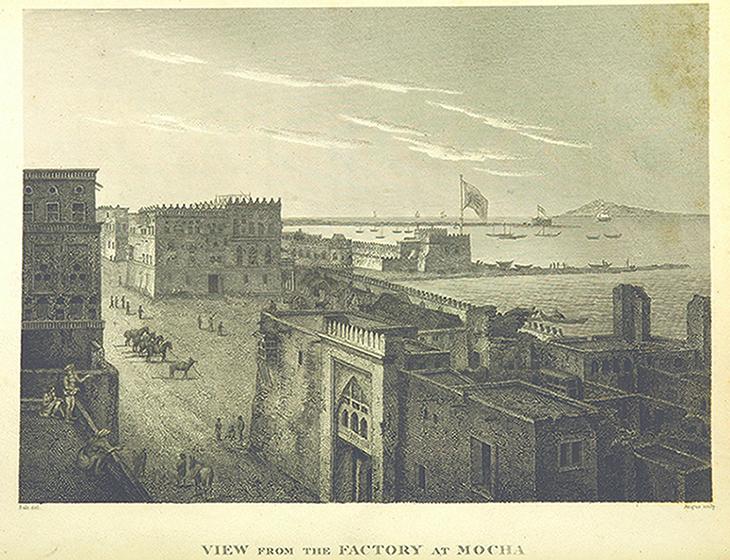
They largely believed the rest of Dominicetti’s story, although they accepted that he was unwise in confining the unnamed crew member to the Factory An East India Company trading post. . However, they believed that ‘the provocation seems to have been greater than Men of warm temper (among whom […] Lieut Dominicetti may be included) may be able to bear’ (IOR/F/4/690/18908 f. 184v). To placate the British, the Imam of Sana’a replaced Amir Fath Muhammad with Faqih Hasan al-Akwaʿ as Governor.
The bombardment
The matter resurfaced in August 1819, when Captain Maillard of the Aurora, reported several complaints to the Bombay Government. He claimed that the Governor had imprisoned and extorted money from the Company Broker Often a local commercial agent in the Gulf who regularly performed duties of intelligence gathering and political representation. , and that he had dug up and abused the bodies of the previous Resident and his surgeon. He further alleged that the town had accepted deserters from British ships who had converted to Islam, despite an agreement from 1810 that this would not be permitted.
The Bombay Government regretted that they had not acted decisively earlier. They sent Captain William Bruce to Mocha to obtain an apology from Amir Fath Muhammad, as well as reparation for the goods which they claimed were still missing from the Factory An East India Company trading post. . After the Imam of Sana’a refused to negotiate, Bruce declared that Mocha would be placed under a blockade.
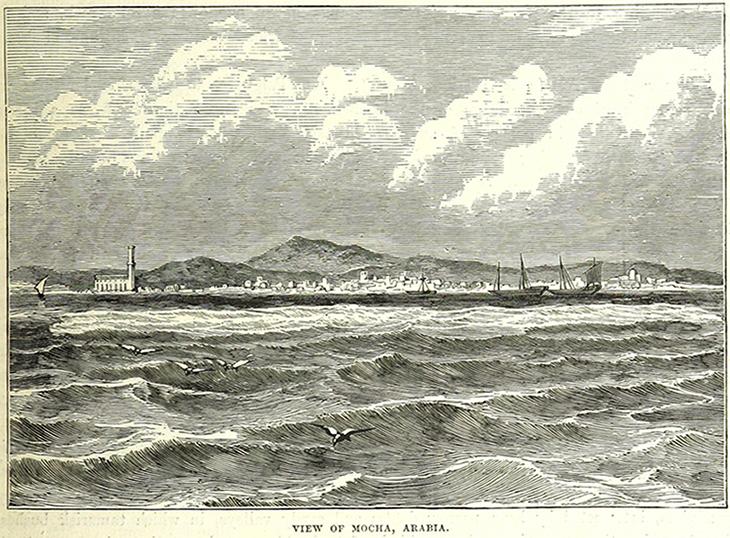
The rest of the fleet arrived on 3 December 1820, and unsuccessfully attacked the North Fort at Mocha. After a brief ceasefire, British ships bombarded the town, and the next day a fourteen-day truce was agreed, to allow the Governor to send a message to the Imam of Sana’a.
After twenty days with no word from the Imam, the British again attacked the North Fort, and took it the same morning. That evening, Amir Fath Allah al-Mahdi, the newly-appointed Governor of Mocha, arrived from Sana’a with Amir Fath Muhammad, and said that he was ready to comply with Bruce’s demands.
Accordingly, Bruce sent messages asking for proof that the Imam had given Amir Fath Allah powers to negotiate. On receiving no reply, Bruce threatened to bombard the South Fort, which he proceeded to do. It was not until he proposed leaving Mocha under a blockade, while he returned to India, that Amir Fath Allah visited him and agreed to Bruce’s proposed treaty. This treaty not only protected the rights of British subjects and enhanced the prestige of the Resident, but also reduced export duty on British trade from Mocha. The result was similar to an incident a hundred years earlier in which the French had also bombarded Mocha to reduce the export duty of their goods there.
Bruce saw Faqih Hasan al-Akwaʿ confined and disgraced, and heard Amir Fath Muhammad apologise, before inviting Amir Fath Allah to dinner on board the Topaz. After a convivial evening with music and presents, a new acting Resident was appointed with a large house as the Residency An office of the East India Company and, later, of the British Raj, established in the provinces and regions considered part of, or under the influence of, British India. , and trade continued at Mocha.


